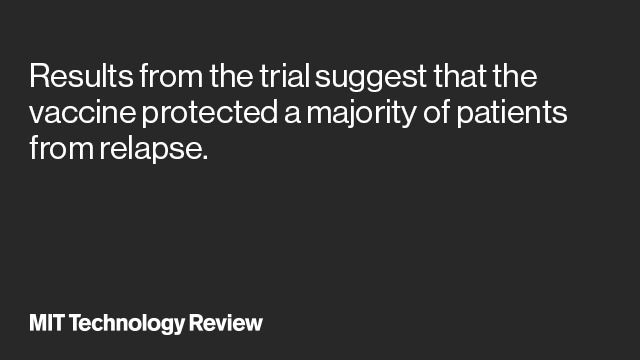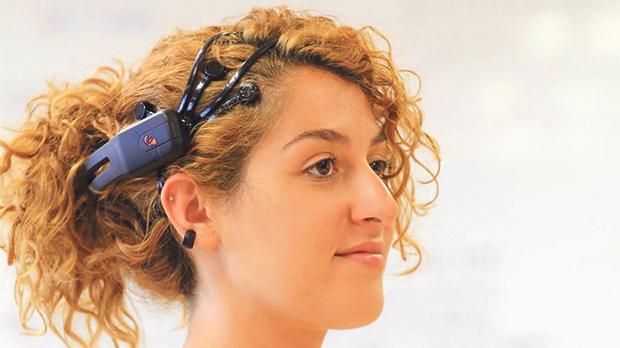Dec 12, 2016
A single heterochronic blood exchange reveals rapid inhibition of multiple tissues
Posted by Steve Hill in categories: biotech/medical, life extension
You have the power to change the future of medicine and how we treat age-related diseases. Here is an example of how grassroots fundraising is changing science.
Joining the circulatory system of an old with a young animal has been shown to rejuvenate old tissues. Here the authors describe a comparatively simple blood infusion system that allows for the controlled exchange of blood between two animals, and study the effects of a single exchange on various tissues.

















